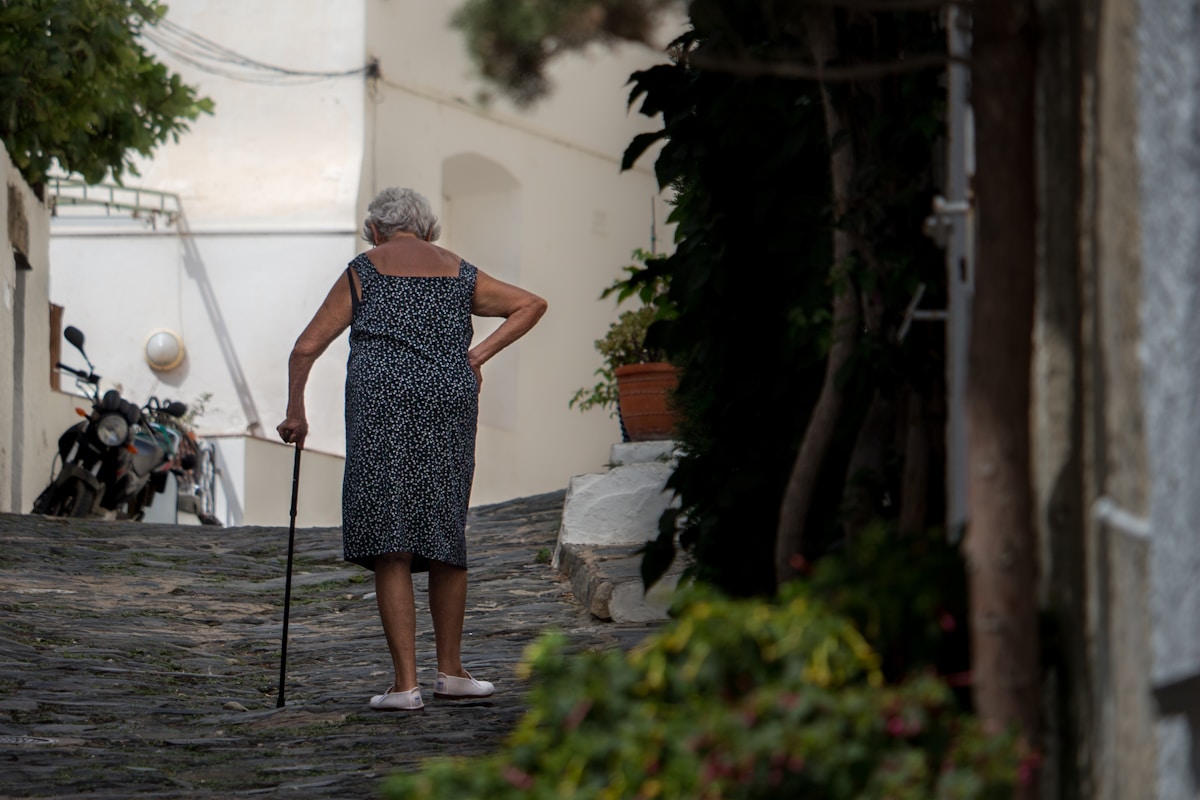After suffering a stroke, you work hard to get out of hospital because your focus is about getting home to your own bed and your family. Quite often it feels rushed and the question of how you are going to function in the community may not be your primary concern.
People may have told you that after the first 3 months following a stroke that the gains you have made to recover are the best you are going to achieve or that is as good as it gets. When you get home it is so tiring eating, dressing and showering you may feel you had no energy left for doing something active or fun.
Whilst in the hospital the thought of training to cross the street, getting into the caravan, going bushwalking, walking the dog, weeding the garden, getting up if you fall over, going swimming or running were most likely not high on your list of priorities.
I feel frustrated and sad that this is often the final physical and social outcomes or expectations for people following a stroke. The fact is, no matter what you have been through and whatever the ability you have now, you may not be reaching the peak of your abilities. This is not the end….. It is only just the beginning. That same hard work and perseverance that you showed in hospital can be harnessed to continue this improvement in performance to help you achieve more lofty goals.

Stuck on a stick?
So you can walk but you have a 4 point stick. You are walking really slow and you can’t carry anything because your good hand is holding the stick that is supporting you. Did you know with hard work and the right training you might be able to decrease your reliance on the stick or even ditch it?
Having trouble crossing a road?
Does the green flashing man not stay on long enough? Do you get across the road in time? What happens if a car comes around the corner and you have to move faster?
Did you know that studies have shown to be a safe walker in the community especially when crossing roads that you need to be able to walk about 1.2m per second and that many stroke survivors walk at or slower than .5m per second.
Is it possible to run after having a stroke?
Yes it is. With Physiotherapy input based on the Gavin Williams Neuro Running program, it is possible to gain enough strength, balance and confidence to run again. You may not be as fast or as smooth as you were previously but it may allow you to increase your walking speed, your agility and balance and possibly even return to running for fun or fitness.
Has it been a while since your stroke and you've noticed your walking is getting worse?
Is your walking getting slower or more unsteady? Are you relying on a stick or frame for walking or holding onto walls or furniture? It isn’t to late to turn this around. With the right coaching and amount of practice, you can improve your balance and walking ability.
What does the research tell us?
Australian Clinical Guidelines for Stroke Management 2017 recommend that patients be provided as much therapy as possible, with a minimum of three hours of scheduled practice, involving at least two hours of actual active practice each weekday (increased from one hour recommended in the 2010 Guidelines) for physical therapy. So this suggests that if you want to walk better you need to walk or do components of walking for 3 hours a day to get the best outcome.
Scott Beeston and I have successfully assisted our clients to improve their walking ability such that they do not need a walking aid at all. In some cases, we have even assisted people to return to running. If you are up for it, we can help you gain strength, balance and control over and above what it takes to just get back home after suffering a stroke. Every person living with a stroke has different experiences and abilities if you are keen and willing to put in the work we can help guide you to a more mobile and independent you .

